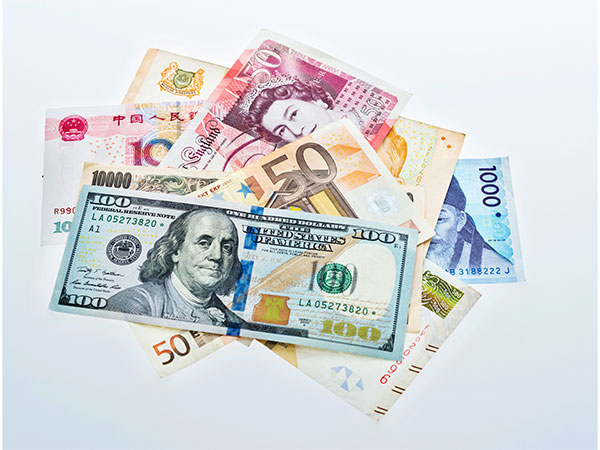India’s foreign exchange reserves have experienced a dip of $3.7 billion to $701.18 billion as of October 4 after reaching an all-time high, according to data released by the Reserve Bank of India. This decline follows a significant increase of $35 billion in the last seven weeks. The forex reserves serve as a buffer to protect domestic economic activity from global shocks.
The latest data from the RBI shows that India’s foreign currency assets (FCA), the largest component of forex reserves, were at $612.643 billion. The gold reserves are valued at $65.756 billion as per Friday’s data. These reserves are now sufficient to cover over a year of projected imports, highlighting the strength of India’s foreign exchange reserves.
In the calendar year 2023, India has added around $58 billion to its foreign exchange reserves, marking a significant increase compared to the previous year. In 2022, India’s forex reserves saw a cumulative decline of $71 billion. Foreign exchange reserves are assets held by a nation’s central bank or monetary authority, typically held in reserve currencies like the US Dollar, Euro, Japanese Yen, and Pound Sterling.
The RBI closely monitors the foreign exchange markets and intervenes to maintain orderly market conditions, aiming to prevent excessive volatility in the exchange rate. The central bank strategically buys dollars when the rupee is strong and sells when it is weak, helping to stabilize the currency. A less volatile rupee makes Indian assets more attractive to investors, increasing predictability and performance.
Overall, India’s foreign exchange reserves play a crucial role in maintaining economic stability and resilience against external shocks. The recent dip in reserves follows a period of steady growth, highlighting the fluctuations in global economic conditions. The RBI’s proactive interventions in the foreign exchange market help to ensure a stable rupee and make Indian assets more appealing to investors. With strong forex reserves, India is better positioned to navigate uncertainties in the global economy and safeguard its financial stability.










